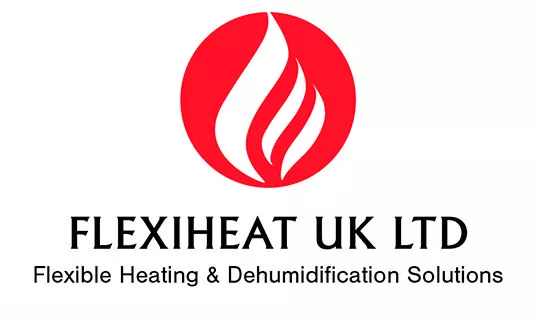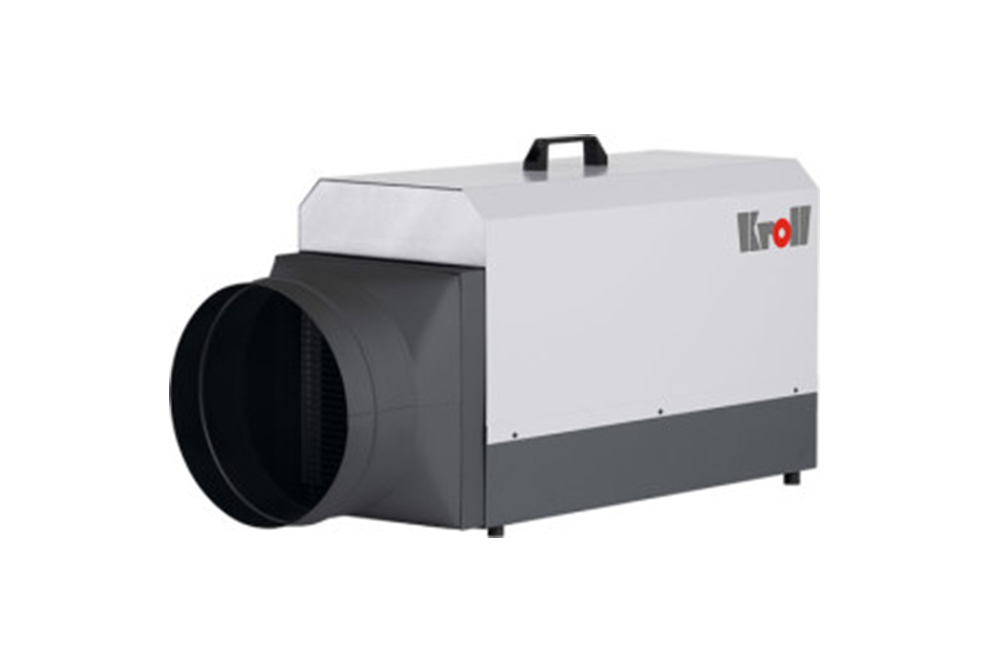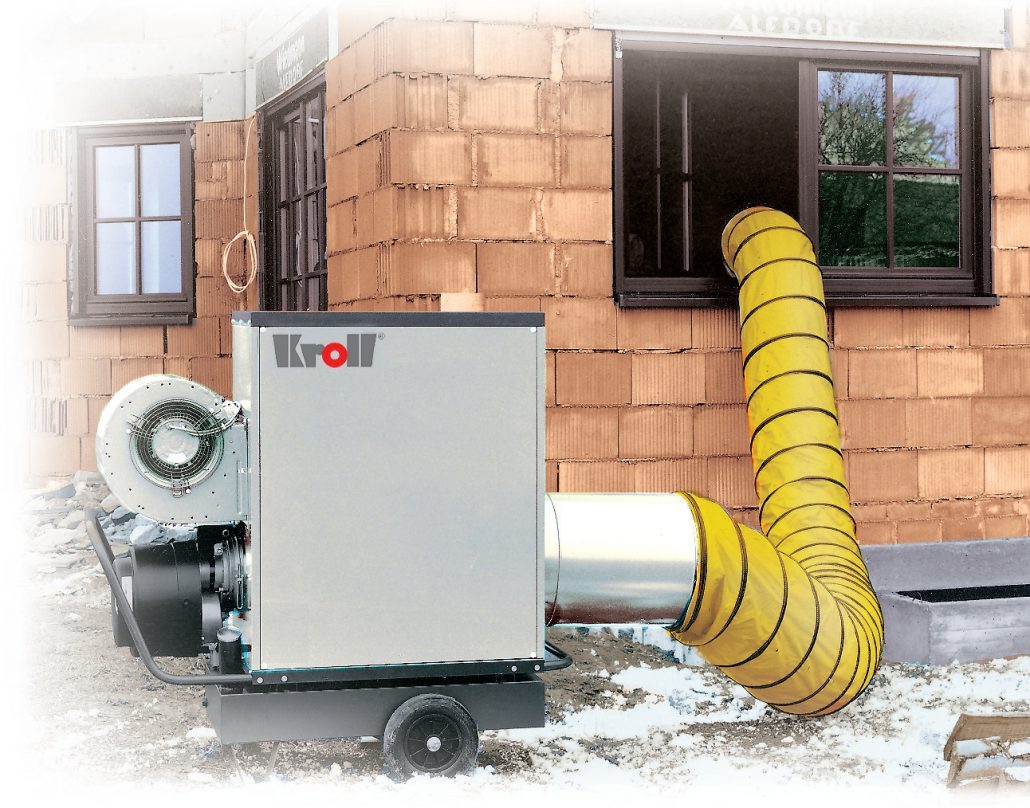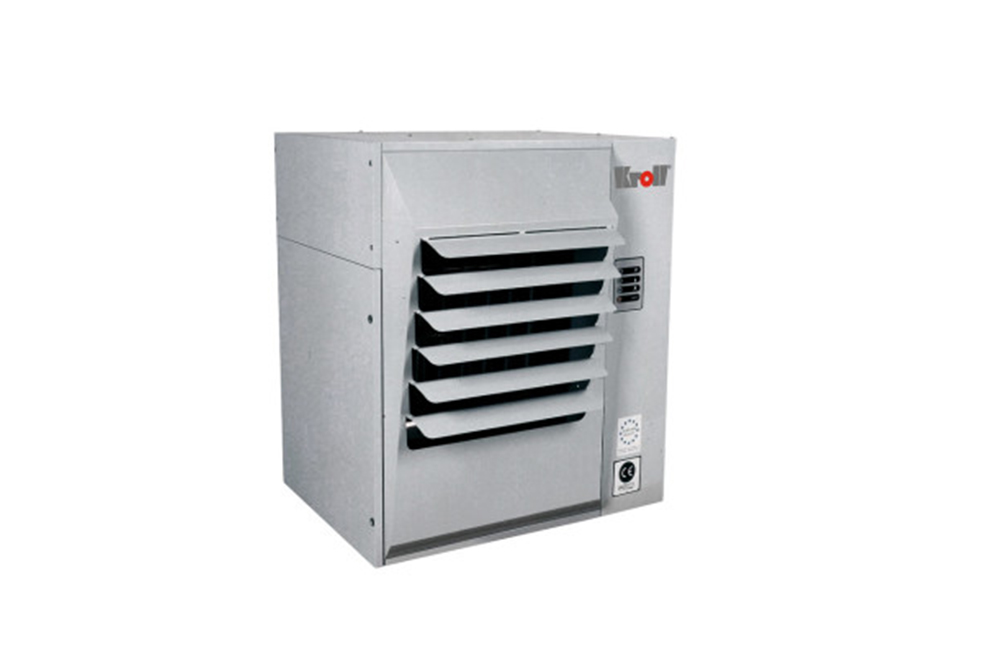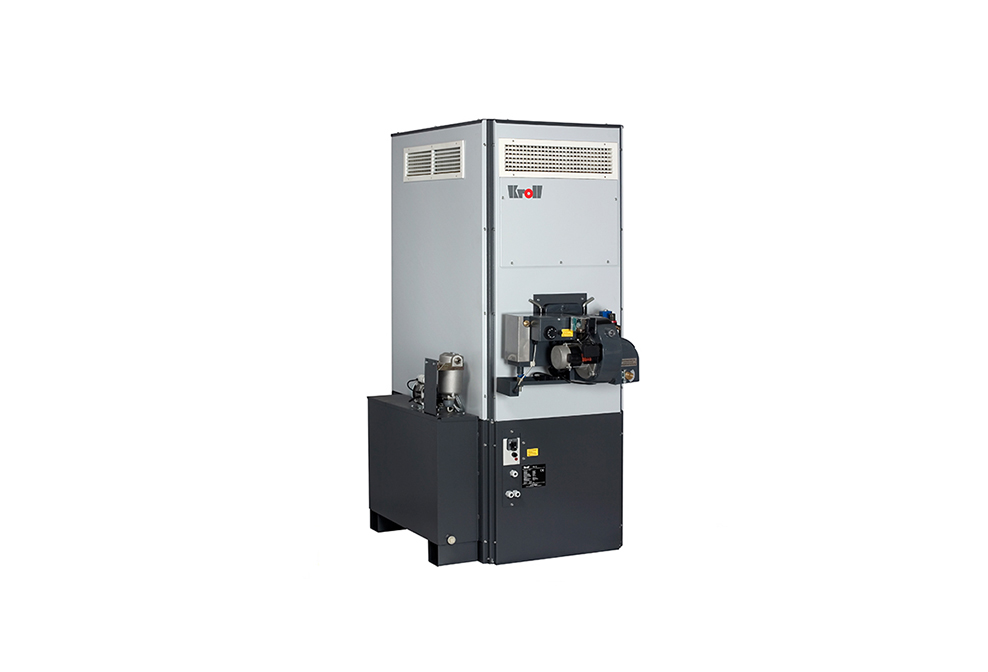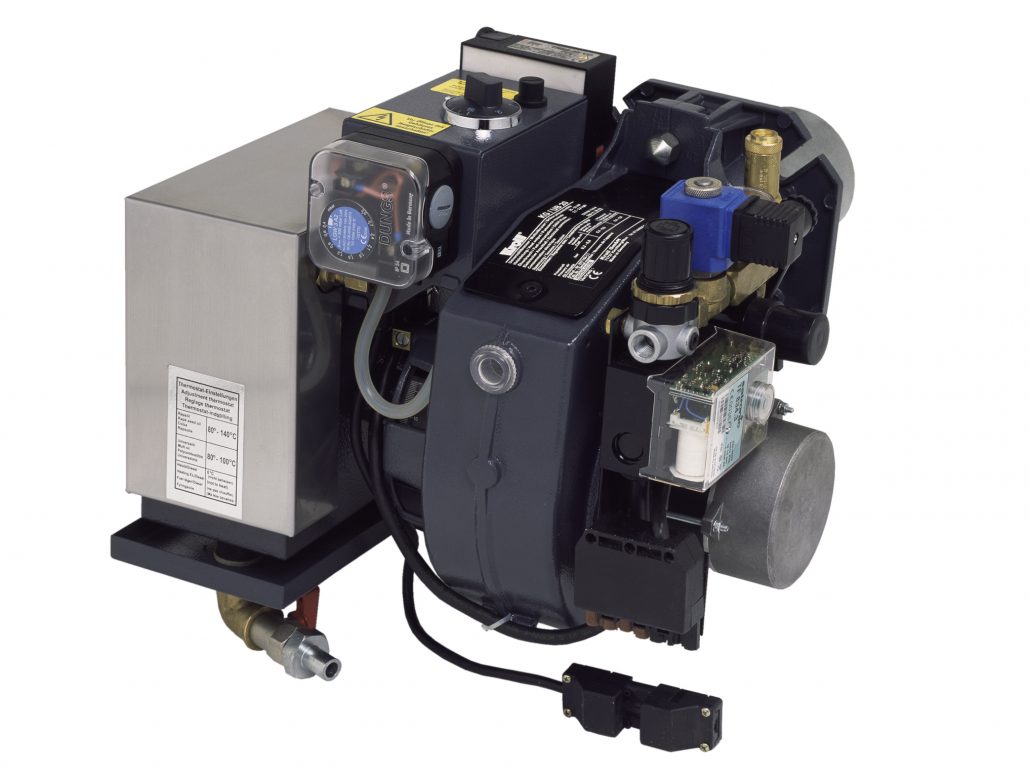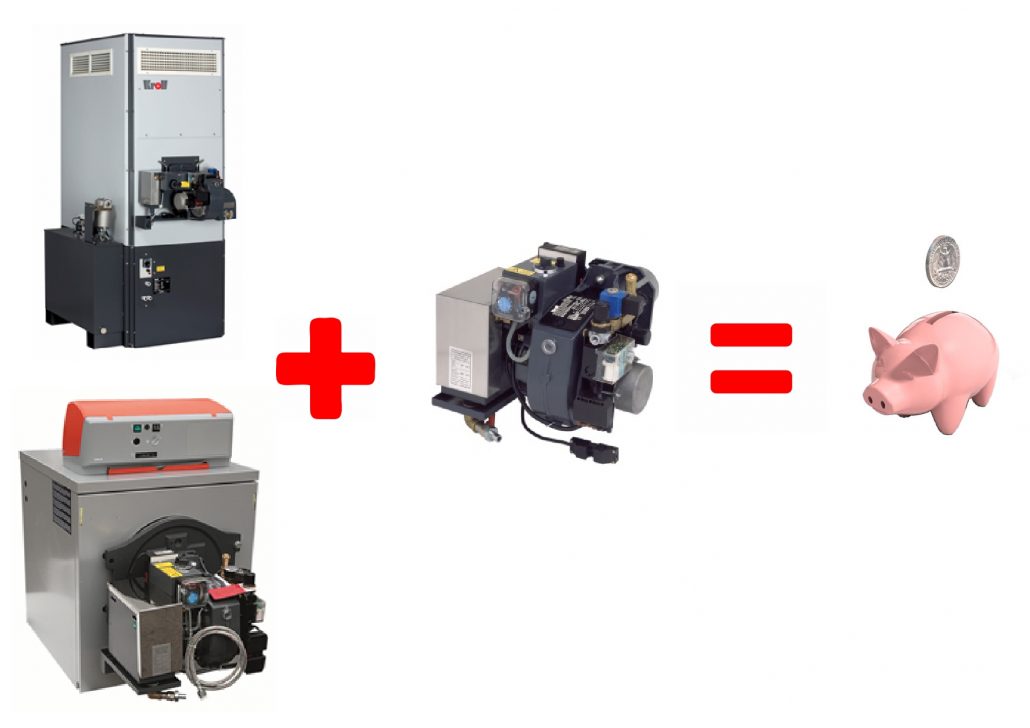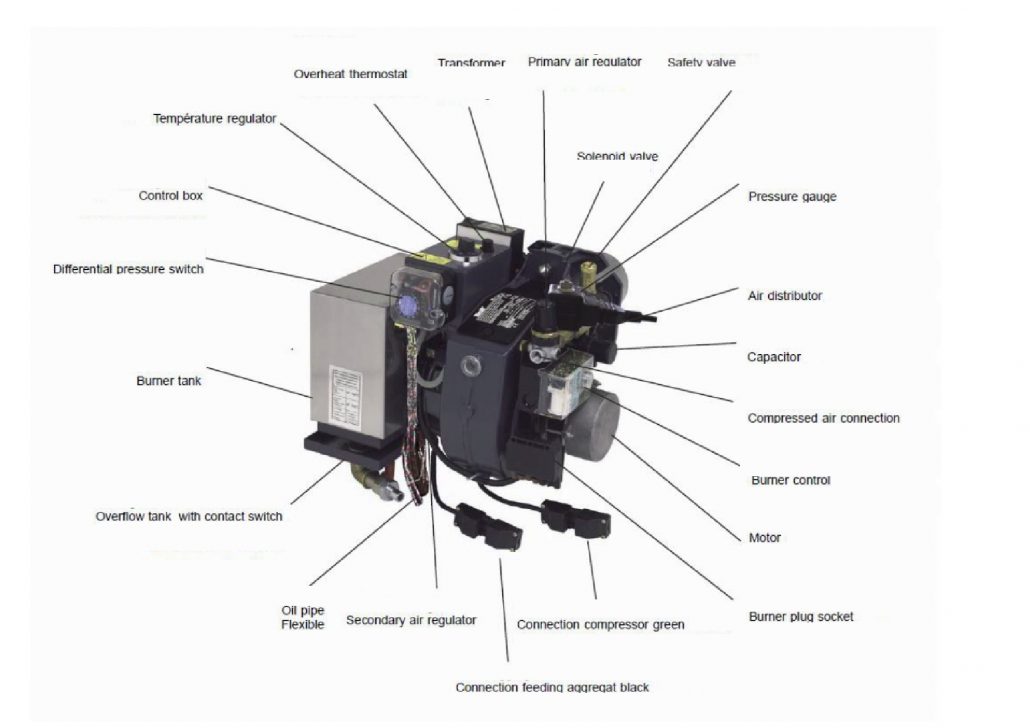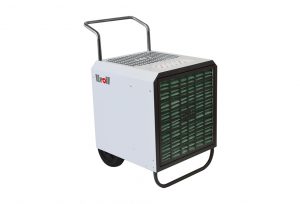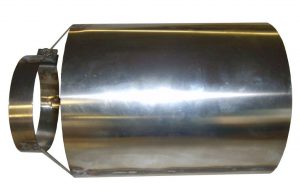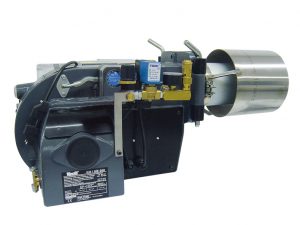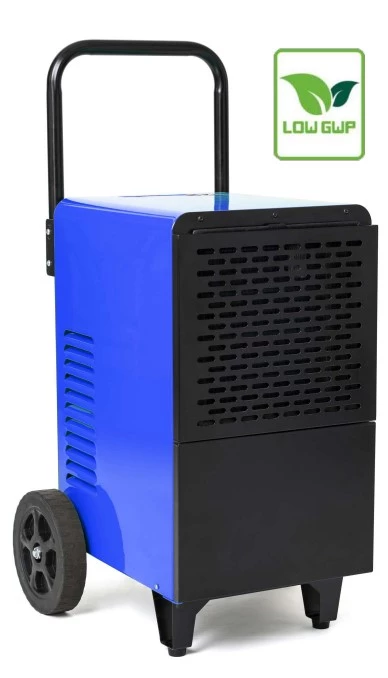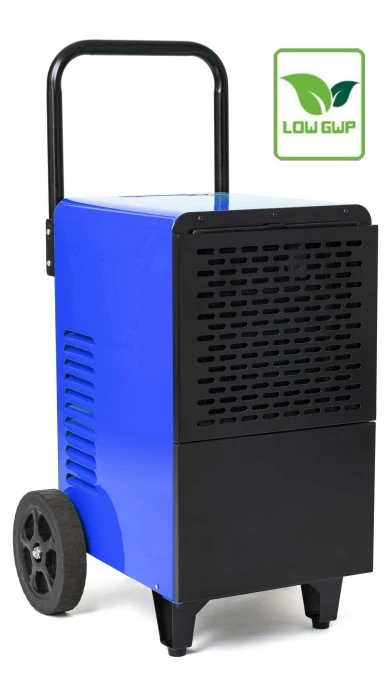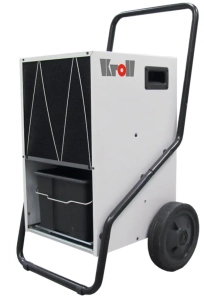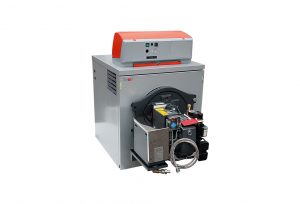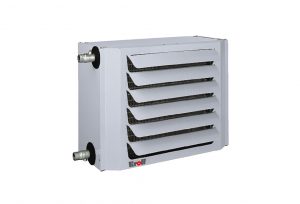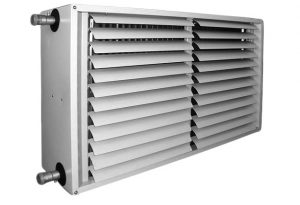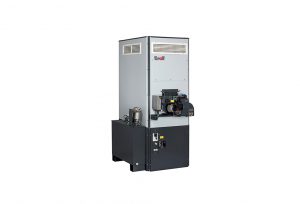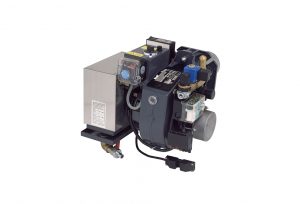Pest Control Heat Treatment Systems
Kill Bed Bugs & Termites Without Pesticides
The call from consumers today has changed in recent years. Today’s pest customers have been educated by the ongoing news of bedbugs in the media and the benefits of using pest control heat treatment systems or ‘Thermal Treatment as the most efficient method to the eradication of infestations
They specifically request to have heat instead of chemical insecticide treatments.
Heat does not have many limitations with respect to the number of items treated and the area to be treated. There are no chemical residues to consider and, compared to gas fumigation of areas, margins for safety are considerably greater.
With Flexiheat UK’s E18SH high temperature electric heater or our M range warm Air heater you don’t just enjoy the best return on investment in the industry, you get the original developers and a team that truly cares and is passionate about this technology as an alternate to insecticides to eradicate indoor insects.
Pesticide-based indoor bed bug control methods raise concern over the safety of occupants. Our affordable heat treatment systems offer you the ability to perform bed bug control work without relying on toxic chemical residues.
Heat is a proven technology. Our state-of–the-art tested technology developed and perfected by Kroll Energy means our equipment is designed to be a complete Pest Control Heat Treatment System without sacrificing quality or capability.
Basic Guidelines To Bed Bug Heat Treatments
Every Living Organism Has A Thermal Death Point
Bed bugs exposed to 45°C will die if they receive constant exposure to that temperature for 90 minutes or more. However, they will die within 20 minutes if exposed to 48°C. Interestingly, bed bug eggs must be exposed to 48°C for 90 minutes to reach 100% mortality.
The same process for treating bed bugs will also kill, and in some cases, completely eradicate other organisms.
Regardless of the heat source, temperatures and run times must be achieved throughout the structure to achieve the eradication of the pest !
Let’s Compare the two pest control heat treatment systems
Electric Vs Propane,
What heat system you employ affects heat treatment run times and methodology
- Electric heat is a closed system. It operates from within the structure being treated with heat. Electric heat is slower in the beginning of the heating process than propane.
With Flexiheat’s electric E18SH heater, starting room temperatures raise by approximately 5˚C for every hour. However, the ambient room air temperature will increase at a faster and faster rate as the room temperature rises and recycles itself. It is the multiplying effect of air turnover with a closed system.
Electric heat requires power sources. Adding more electric heaters, will be more productive to your heat treatments. However, the power source becomes a growing challenge.Check your available amperes.
- Propane heat is an open system. The unit stays outside the structure and the heat is ducted into the building. It produces positive air pressure. The units require a source of propane to operate. for more information on our range of indirect fired mobile heater – click here
Intense and immediate heating of the space. Higher air output, higher volume of heated air, high productivity capabilities as compared to electric systems. Propane can be divided with splitting the heat ducting to cover more area, rooms or even another unit.
Propane results in more thorough penetration and distribution of the heated air.
Factors to consider –
- Square feet: large or small space. The larger the area the longer heating time for all areas to reach lethal temperatures.
- Building materials: cement, steel, dry wall, etc. will affect the heating times. Cement floors and walls will take as much as 3 times the time due to the fact that cement acts as an insulator and can maintain cool temperatures with slowly changing thus requiring more heat time.
- Furnishings: lots of furniture will require more run time due to the amount of objects surface area needing to get to temperature and the obstacle of more furnishing for the heated air to travel through and around.
- Clutter: Piles of clothing and blankets are very important to move around and mix. The room air temperatures can be 55˚C and under the pile of clothing it could be 27˚C which is not lethal. No clutter, is recommended.
- Weather: heating in a desert or in high altitude with snow. Is it warm or hot when starting? Humidity and cold will take adjustments and more heat time.
- Degree of infestation: Identifying infestations early is key to control and is much easier to get a 100% kill. If the infestation is large and mature, basically way over due for treatment, you will need to take time to move objects, furniture, open all draws and closets and spend extra time preparing and allowing more time for longer heat penetration of the structure and furnishings.
- Starting temperature: Similar to weather but room temperature. Is the treatment beginning temperature at, for example: 25˚C or 5˚C?
All efforts should be taken to preheat a structure prior or during set-up of heat treatment equipment. Starting with a pre-heated room achieves faster arrival times for lethal temperature resulting in less treatment time, and higher productivity.
For more information on pest control heat treatment systems, please click on our products page here . Alternatively, please give us a call on 01202 822222 and our dedicated sales team will be happy to offer advice and assistance or just contact us by mail by clicking here
